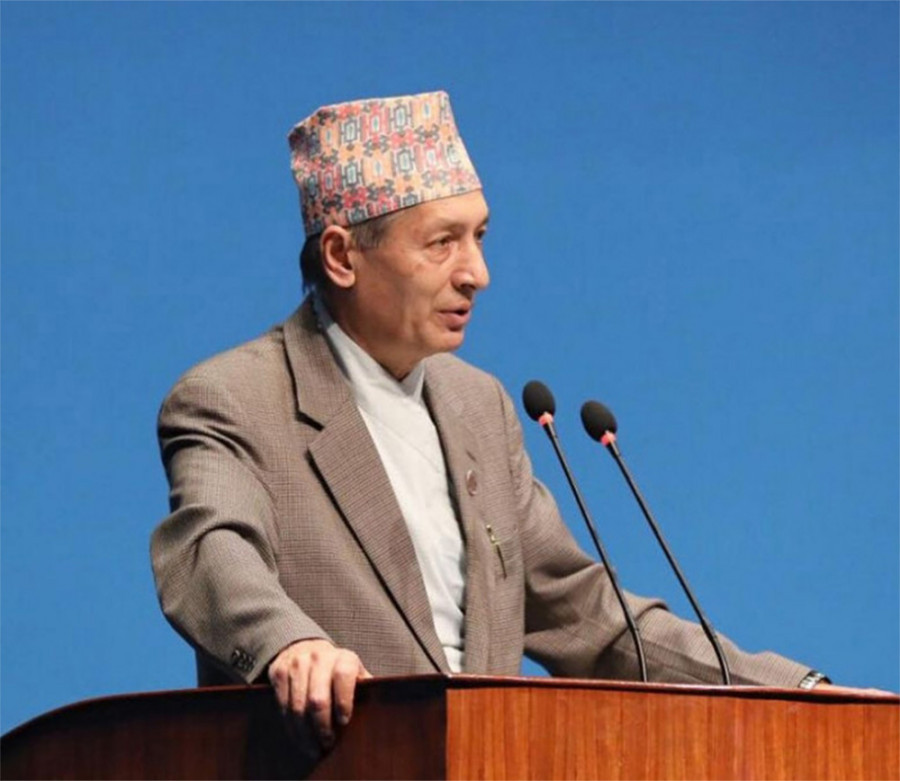Editorial
Budgeting it right
Provincial governments’ appropriations lack vision for ameliorating the social determinants of health.
Besides economic recovery and employment generation in the aftermath of the Covid-19 pandemic, a major focus of the next fiscal year’s budgets announced by all the seven provinces is on healthcare. In tandem with the federal government’s priorities for the same fiscal year, the provinces have also allocated budgets for enhancing pandemic-specific medical infrastructure, with some of them focussing on hospitals on the frontline of the battle. Coming on the heels of the Nepal Health Research Council (NHRC) publishing a damning report on the pathetic state of the country's physical and human resources for fighting the pandemic, the focus on health seems justified.
The NHRC report points out a severe lack of ambulances, central pipeline oxygen supplies, medical officers, training for health professionals, personal protective equipment, diagnostic facilities, testing centres, imaging facilities and polymerase chain reaction machines among others. If it wasn’t crystal clear already, we’ve been putting up a brave fight against the deadly virus with bare hands all through. In coming up with pandemic-oriented budgets, the provinces seem to have unanimously acknowledged the magnitude of the health crises that lie ahead.
The real test of their commitments, though, will be in their capacities to spend the budgets thus allocated given we suffer from an abysmally low rate of capital expenditure. According to the mid-term review published by the Finance Ministry in February, the average capital expenditure of all the seven provincial governments stood at 12.9 percent, with the Karnali and Province 2 spending a pathetic 6.4 percent and 6.9 percent of their total budgets respectively. The allocation of higher budgets is, therefore, not a panacea to the healthcare crisis brought about by the pandemic.
Notwithstanding the pandemic, what ails the country’s health sector is an acute lack of vision for addressing the structural problems that result in citizens’ lack of access to primary as well as tertiary care. From stunting to diarrhoea, and from lack of care to unnecessary care, you name the problem and we have it. What we lack is a coordinated offensive against the underlying problems of our public health system. No matter however much it spends towards emergency responses, a budget that fails to address these problems remains a ‘tight budget’ after all.
The fact that our healthcare systems are heavily dependent on a reactive model rather than a proactive one limits our abilities to reap the benefits of enhanced social determinants of health. The gains from hospital visits are minimal as compared to the gains from levelling of disparities in living standards. Provincial governments have a great role to play in deciding what we gain collectively. Notwithstanding their commitment to fighting the pandemic, their budget allocations have failed to shake up the public health system from below. That’s some bitter pill to swallow for now.




 10.12°C Kathmandu
10.12°C Kathmandu














